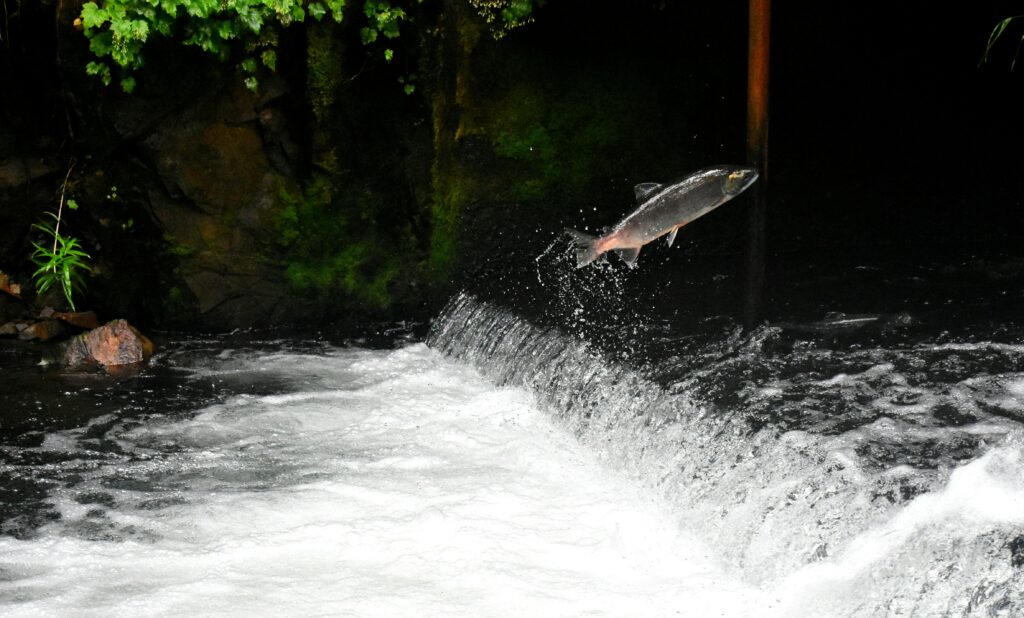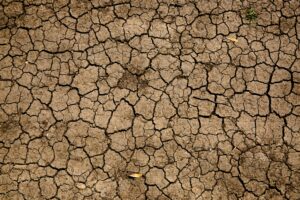
GoNexus Global Dialogues started with dams impacts on freshwater fish species
With a focus on modelling the impacts of dams on freshwater fish species, the series of Global Dialogues as part of GoNexus kicked off in early April 2024.
The first workshop in this series was held online on 9 April and attended by 23 participants from science and practice backgrounds, in particular from international conservation organisations.
Led by adelphi, the Netherlands Environmental Assessment Agency, and Utrecht University, the models, modelling approaches, and initial results of the project were discussed.
‘The Dialogues’ discussions with scientists and practitioners improve the model outcomes and ensure their practical relevance for freshwater fish conservation’, says the adelphi team. ‘Simulations on the future impact of dams can help identify potential solutions to minimise the negative impact on rivers and freshwater fish species, for instance by improving the development of river basins and choosing less harmful sites for dams.’
‘Simulations can help identify potential solutions to minimise the negative impact on rivers and freshwater fish species.’
The GoNEXUS models presented allow the impact of dams or future changes in water temperature and streamflow on freshwater fish species distributions and diversity to be quantified.
In a next step, these effects will be combined in a single model to calculate, among others, the remaining area of suitable habitat.
In line with World Fish Migration Day on 25 May, the project highlighted the threat that dams pose to free-flowing rivers and migratory fish species, as dams fragment freshwater habitats or alter natural flow patterns.
‘The fragmentation of a species’ geographical range by dams affects the fish’s potential for survival, as fragmented rivers can leave populations too small to survive’, explains the adelphi team. ‘Furthermore, dams form barriers for the migration of fish between the headwaters of rivers and the ocean, disrupting their natural ways of breeding.’
‘Dams affects the fish’s potential for survival and form barriers for the migration of fish.’
The models can be useful for generating knowledge to inform policy and practice experts on the subject of preserving migratory species.
Participants’ comments and recommendations focused on the practical application of the results and their potential integration into internationally recognised initiatives such as the International Union for Conservation of Nature (IUCN)’s Red Lists or the Global Swimways Initiative.
Additionally, possibilities for refining the models were explored, such as applying global models to smaller scales or incorporating indigenous and local knowledge and experience.
Following the first Global Dialogue, two further workshops will be organised during the year to encourage greater collaboration and to deepen the discussions and outputs. The results may be summarised in a separate document, such as a policy brief.



